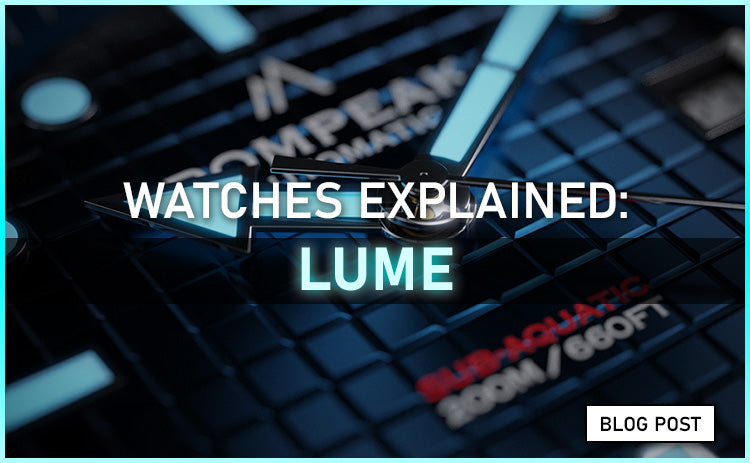
Watches Explained: Lume
Share
This may be a controversial statement coming from us, but in today’s world of technology and smart devices, watches may be seen as an accessory and a luxury.
As stunning as they can be, let’s be honest, most of us would (just about) survive without them.
Jump back 100 years however, and you’ll find watches were the primary timekeeping tool for the working man and even served as critical tools in synchronising battle manoeuvres. To ensure dependability, watch manufacturers needed to maintain legibility in all lighting conditions, day and night.
The solution - Lume.
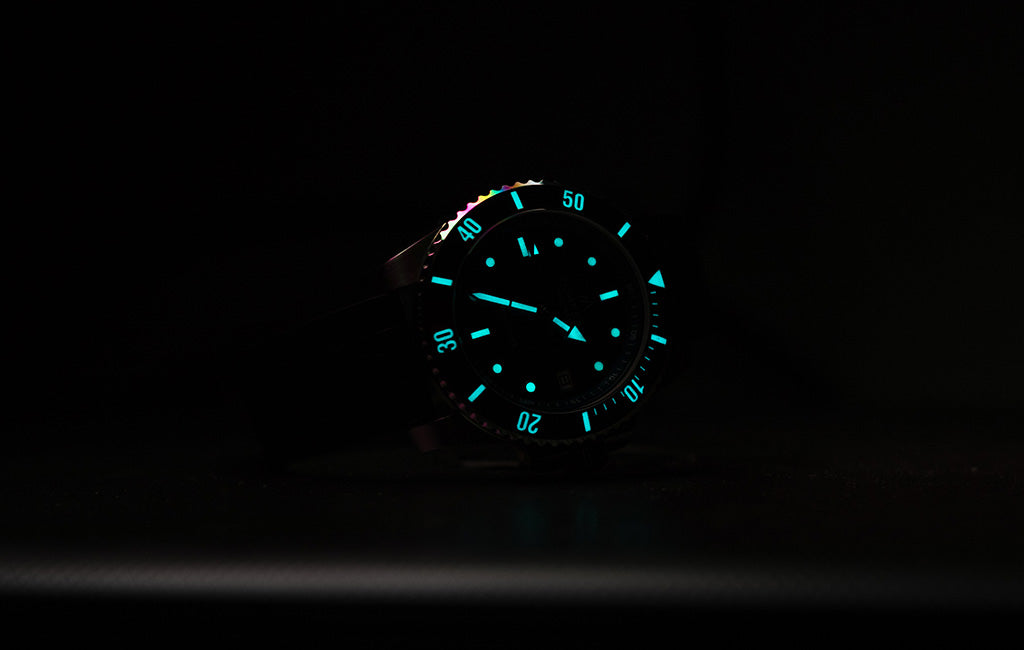
Pompeak Sub-Aquatic with BGW9 Super-LumiNova
History
Watches were widely used in WW1 to support synchronisation of manoeuvres, with the big issue being that they typically needed external light to be read.
A risk of highlighting your position to scanning enemy gunmen meant that using a lamp at night was not always an option, not to mention scarcity of material. To combat this, watch manufacturers and the military tested various techniques to increase watch legibility.
The first solution deployed to the battlefield was an application of radium to the watch hands, generating a light green glow.
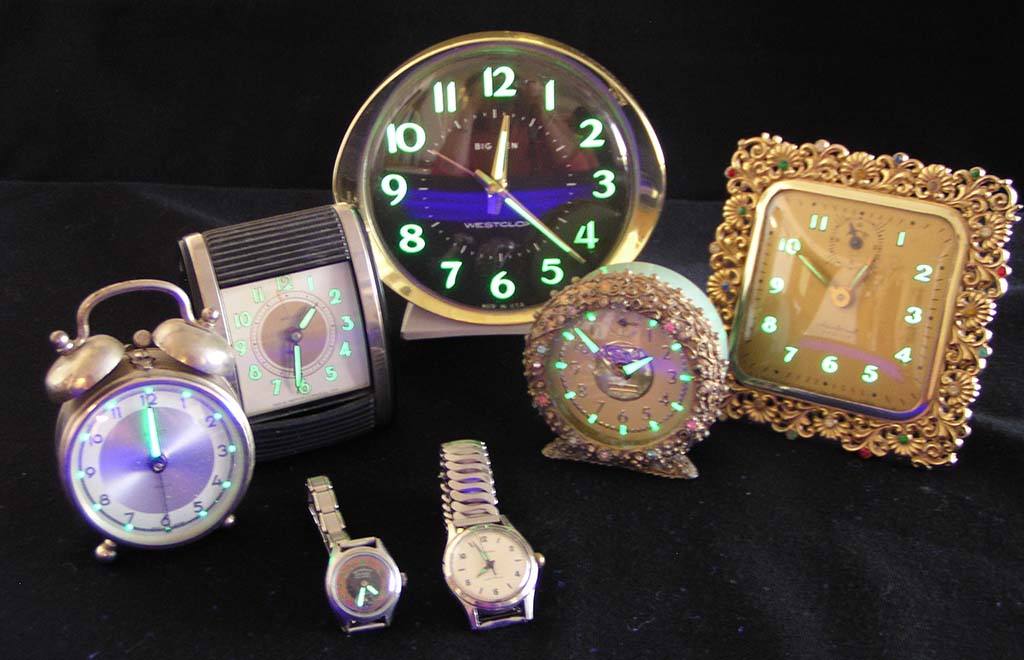 Radium timepieces
Radium timepieces
Radium, being a radioactive material, could only be applied in small amounts with a very weak glow. Zinc sulphide was added to the solution to increase brightness but manufacturing issues remained; tight paintbrush tips were crucial for accurate application, which were maintained by the women working the factories licking the tips of the paintbrushes - not ideal when they're soaked in radioactive radium.
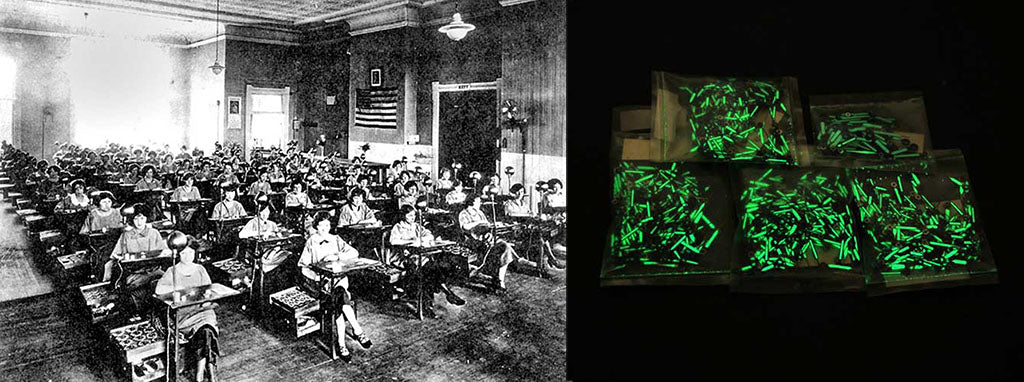 The so called 'radium girls' suffered greatly as a result of manufacturing techniques.
The so called 'radium girls' suffered greatly as a result of manufacturing techniques.
Promethium and Tritium were often used as less harmful alternatives, although radioactive lume remained the industry standard until a development in the late 1990s saw the introduction of the world’s first non-radioactive luminescent phosphorescent material, LumiNova.
Zinc sulphide based LumiNova and the updated strontium aluminate based Super-LumiNova both glow brightest initially and begins to fade over time, with the Super-LumiNova glowing up to 10 time brighter than it's zinc sulphide alternative.
Although luminescent paint is used widely on everything from exit signs to aviation gauges, Super-LumiNova is primarily known for being the best option on the market today for timepieces - We would use nothing else!
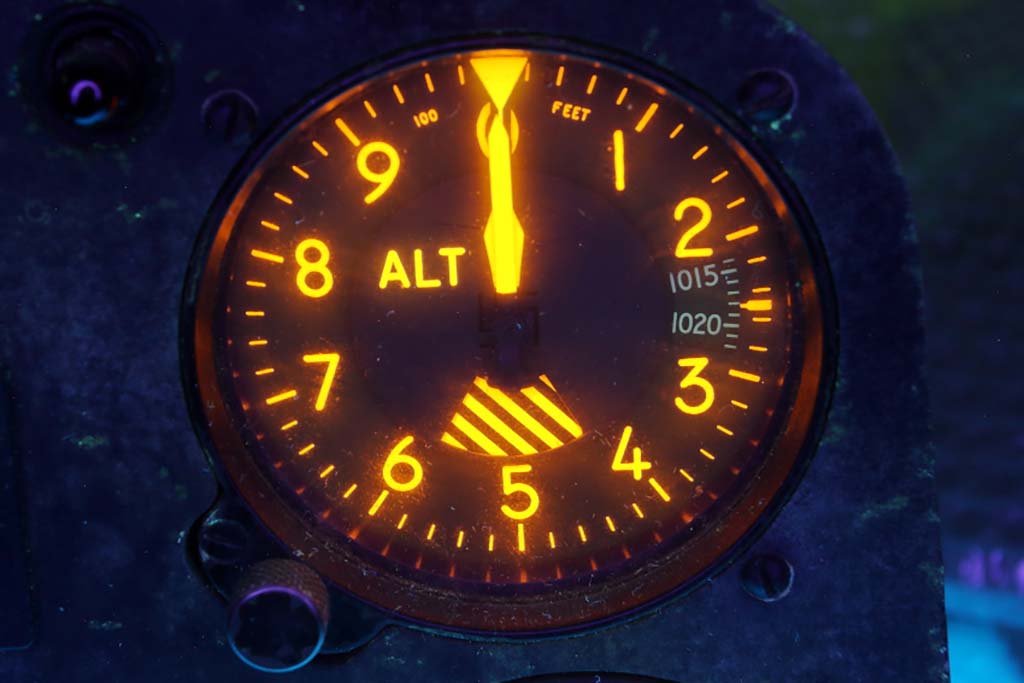
How LumiNova works
In short, LumiNova is charged by light. Whether sunlight or artificial, photons hit the material causing electrons to rapidly energize resulting in a phosphorescent glow. The reaction maintains even once the light source is removed, however the energy levels of the electrons slow down and the brightness of the glow decreases over time.
The number of layers of lume applied to the watch dial/hands affects its longevity with more layers = longer glow. Even with just one coat, you can expect Super-LumiNova to last for a few hours when applied to a small area, however the larger the surface are, the longer it glows.
Lume Options
There are different types of LumiNova available, with varying brightness and colours:
- C1 – White with about 31% brightness of C3
- C3 – Yellow tint to the paint in daylight with a bright green glow
- C5 – Greenish-yellow with 89% brightness
- C7 – Green with 84% brightness
- C9 – Bluish-green with about 83% brightness
- BGW9 – White paint with a minty blue glow, about 95% brightness of C3.
- Old Radium – Appears to be aged/vintage tritium lume in the daytime, but glows a bright yellowish-green at night
- Old White – Off-white color in the day, glows yellowish-green at night
We tested both BGW9 (below left) and C3 lume (below right) during development of the Gentlemen's collection, and fell in love with the blue glow. Not to mention the clean white look of the paint during daylight, compared to the vintage yellow of the C3.

Despite only being established in the 1990s, Super-LumiNova has evolved significantly in the past twenty years. Today, Super-LumiNova is available in three grades: Standard Grade, Grade A, and Grade X1. The most recently developed of the three, Grade X1, is their highest-performing one yet and is up to 60% brighter after two hours glow time.
Alternatives
An alternative to LumiNova is the tritium-based gaseous tritium light source or GTLS. As you might have guessed from the name, this is a radioactive product although harmless when kept inside glass tubing. A distinct constant glow (day and night) that is up to 100 times brighter than LumiNova means this option does have its supporters.
Although with a half-life of 12 years, GTLS brightness will fade over time, becoming negligible after roughly 20-30 years.
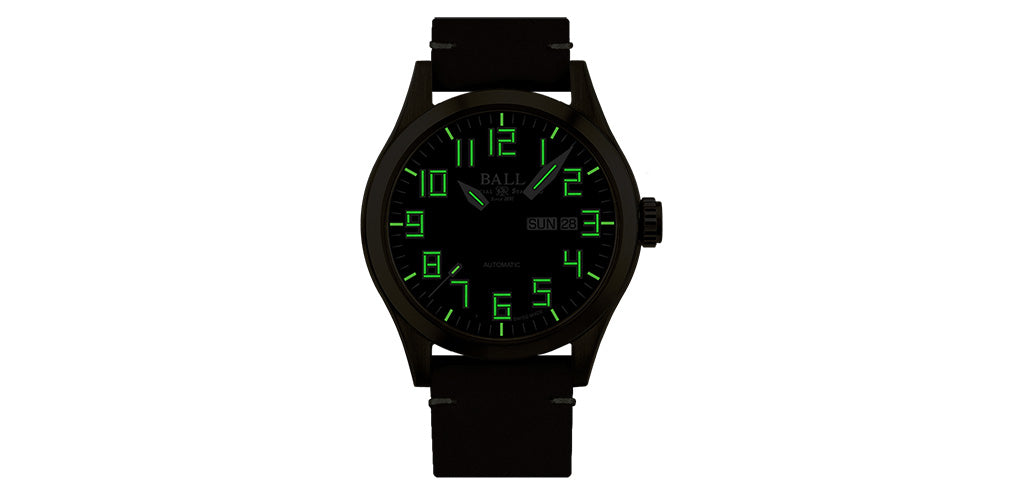
Thank you for reading
Be sure to let us know what you think in the comments or get in touch with any questions via our contact page.





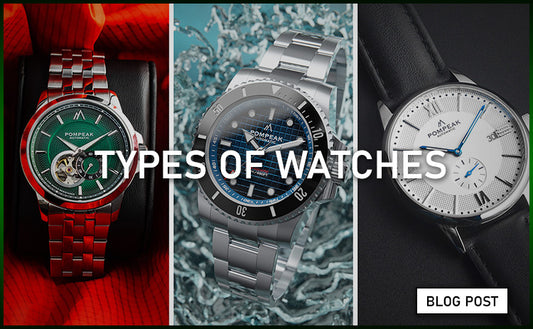
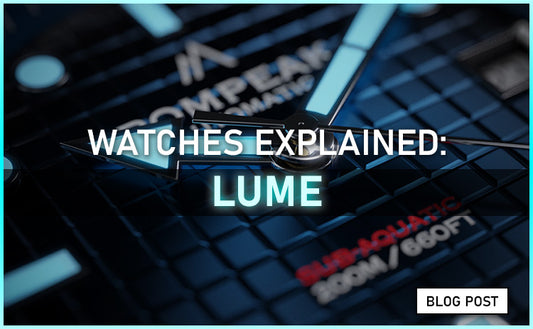

1 comment
Understanding the art of lume adds a fascinating layer to appreciating timepieces—this article is a great read for watch enthusiasts! For watch brands looking to shine brighter in the market, Arrow Marketing and Sales offers expert marketing and PR solutions—visit www.arrowmas.co.za to elevate your brand effectively.